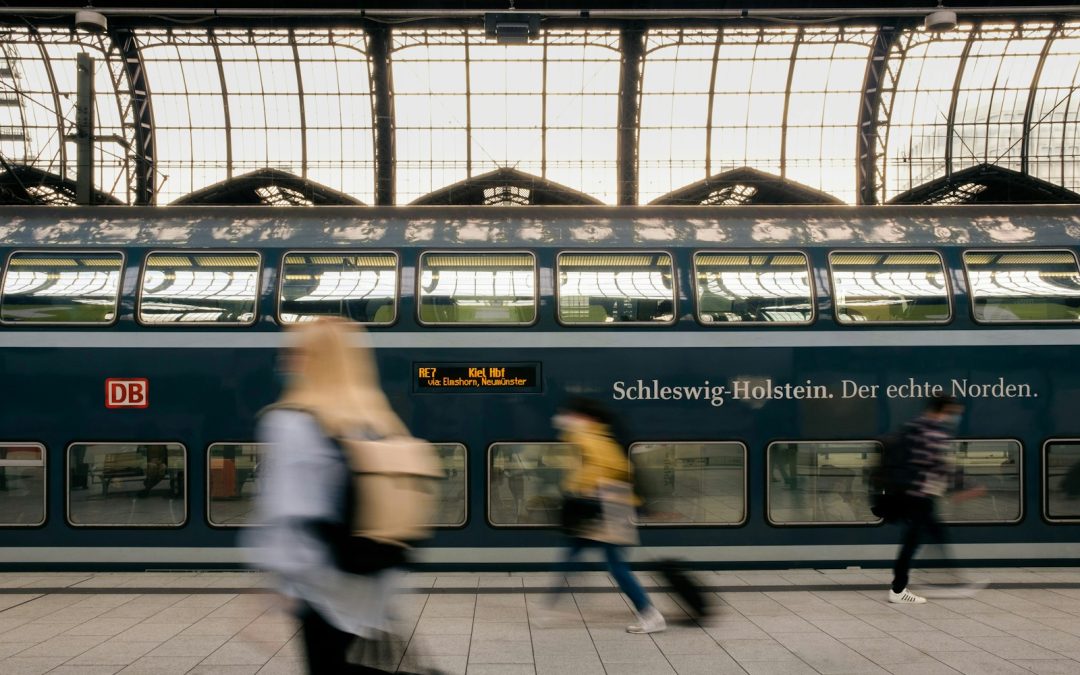How can we build on the progress made so far to make rail travel truly accessible, affordable and reliable for...
Train safety, reliability, comfort, and performance rely on well-designed:
Carriages, transporting passengers, and physically linking the vehicle’s elements
Running gear, the vehicle components that run passively on the rails
The Challenge
Most trains are primarily made of metals like steel and aluminium. The potential for reducing their weight is nearly exhausted. How to make further improvements without compromising safety and comfort? Rail needs a new generation of lightweight trains.
How we do this?
By replacing certain metals with innovative new composite materials, tried and tested in the aeronautical sector. Shift2Rail 7 Technical Demonstrators did exactly this, delivering:
1. Light structures
A new generation of lighter passenger carriage shells, unlocking energy savings and other advantages
2. Light running gear
New bogie systems, reducing wear and damage to infrastructure and wheels, increasing reliability, lowering maintenance costs
Key light structure solutions
Complete hybrid carriage shell
Full-scale hybrid carriage end modules
Full-scale hybrid underframe headstock
What it does
End walls are made of aluminium, while roof, lateral panels, and floor/main frame are made of composite materials
Two carriage end modules developed using innovative composite materials – to replace end sections in an existing design
End-structure of a metro train carriage underframe developed using composite materials – to replace aluminium headstock
Who benefits
Railway operators
Railway operators
Railway operators
The benefits of light structures
Integrating composites and metallic parts in carriages:
• Reduces weight by around 20%
• Complies with current railway standards
Lighter passenger trains mean:
• Improved energy-efficiency
• Greater passenger comfort
• Lower impact on the track, reducing the life cycle cost of the entire railway system
Key light running gear solutions
Lighter bogie component
Single axle gear frame for lightweight metro vehicles
Demonstrator unified DC railway electrification system
Innovative elastomer-based running gear components
What it does
Includes a primary spring and antenna beam made of composite materials
Composite running gear frame made using Carbon Fibre Reinforced Plastic and metallic inserts
Made of composite materials and high-strength steel alloys – for high-speed applications
Novel elastomer-based components, including stronger adhesives between elastomeric and metallic parts
Who benefits
Railway operators
Railway operators
Railway operators
Railway operators
The benefits of light running gear
• Composite materials are a viable alternative for structural railway applications in running gears
• Elastomer formulations using nanoengineered additives can greatly improve the performance of critical components, extending running gear maintenance intervals, and significantly reducing associated life-cycle costs
Key Finding
Newly tested full-scale designs safely reduced the number of axles in running gear for metro vehicles, significantly lowering weight and complexity
Fast Fact
Using composite materials can reduce weight by:
• 20% or more in train carriages
• 60-70% in running gear

















